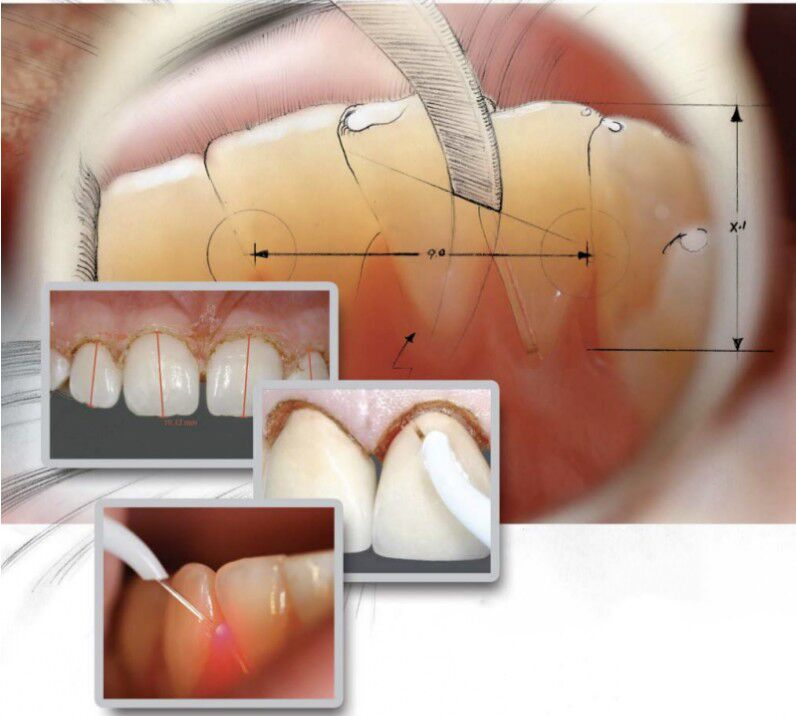
2022-09-02 1951
In the mid-1960s, lasers began to be applied in the field of Stomatology; In 1977, the world's first successful use of laser for oral surgery; In the 1990s, the Chinese Medical Association established the laser medicine branch, and the oral laser was divided into the dental professional group. Since 2000, laser has been widely used in the field of oral cavity; In 2017, the annual meeting of the dental laser medical professional committee was held in the form of a special seminar. Up to now, the number of cases of oral diseases treated by laser assisted therapy in stomatology departments and stomatological colleges can reach tens of thousands every year. In the process of oral surgery, the application of laser clinical technology can better observe the visual field, stop bleeding and alleviate the discomfort of patients. Different laser generating media will stimulate laser photons with different wavelengths and energies. Understanding the physical knowledge of laser and the interaction between laser and biological tissues is the key to deciding which laser to use for treatment. Common types of oral laser:Carbon dioxide laser (CO2), solid-state laser (Nd: YAG), erbium laser (ER: YAG or er, Cr: YSGG), and semiconductor laser (diode).
Laser penetration depth
Different wavelengths have different penetration depths. Since the best penetration wavelength of the human body is in the near-infrared region of 800 nm ~ 1000 nm, the penetration depth of red laser near 650 nm is limited. In addition, the penetration depth deepens with the increase of power. For the tissues in the mouth, the penetration of oral mucosa and teeth is strong, but the penetration of bone and muscle is relatively weak. Therefore, each wavelength has its own specific application method. For example, red laser (around 650 nm) is most suitable for treating superficial tissues, such as wound healing. Temporomandibular arthritis and other diseases are more suitable for treatment with near-infrared laser (800nm ~ 1000nm). Blood is the main absorption object of laser energy. Therefore, if a slight pressure is applied to the muscle tissue to cause ischemia, the penetration depth of the laser will be increased. The use of low-energy laser can effectively seal the capillaries of the mouth, decompose and denature bacterial proteins, and achieve the effects of detumescence, hemostasis and sterilization. At the same time, it can also be used to remove the necrotic tissue and dirt in the caries hole and root canal for easy filling.
Indications of laser therapy
Internal medicine: periodontitis, gingivitis, periapical periodontitis, chronic cheilitis, mucositis, herpes zoster.
Surgery: wisdom tooth pericoronitis, temporomandibular arthritis, labial frenum, lingual frenum trimming, cyst excision, etc.
Pain management
Reducing pain is the main purpose of laser physiotherapy. In the treatment of oral diseases, pain is the main cause of discomfort. Compared with general biological stimulation therapy, pain relief requires a larger laser dose. Therefore, analgesia and tissue biological stimulation cannot be completed simultaneously. Although laser physiotherapy can also achieve the goal of gradually reducing pain by shortening the course of inflammation, the dose of laser at this time is much smaller than that of immediate pain relief. Trigeminal neuralgia and herpetic neuralgia can be treated with laser.
Orthodontic applications
The use of laser physiotherapy has been documented to reduce pain during tooth movement and to increase the speed of tooth movement. Low-dose lasers can speed up tooth movement, but high-dose lasers can reduce tooth movement. The latter case may be more suitable for consolidating the effect after orthodontic treatment is completed.